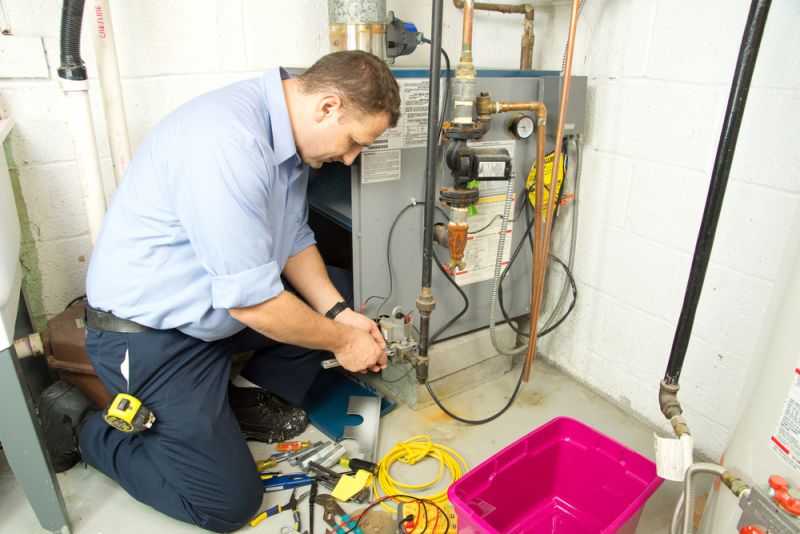Today’s high-efficiency condensing furnaces are much more complex compared to the old conventional furnaces.
Troubleshooting is also more complex due to the fact that there are more potential problems that can arise. The major difference between a condensing furnace and a conventional furnace is the type of heat exchanger technology that is used for extracting exhaust from the combustion gases and heat out of the combustion process.
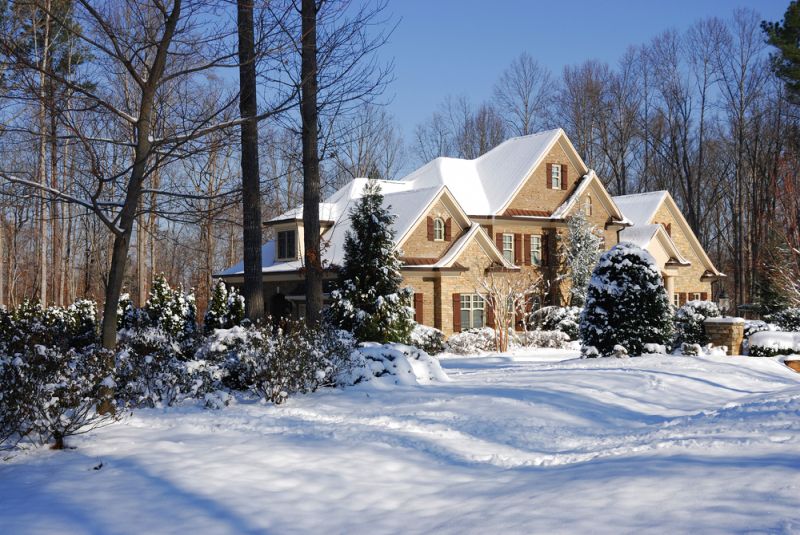 Visually, a condensing furnace can be identified from the exhaust gases that exit from your house via a fairly small PVC pipe, instead of a large meal exhaust flue that conventional furnaces have. You will often see two PVC pipes that extend out of the furnace via the sidewall or your home’s roof – one of those pipes is the exhaust vent and the other one is the air intake pipe. This is an indication of a direct-vent system.
Visually, a condensing furnace can be identified from the exhaust gases that exit from your house via a fairly small PVC pipe, instead of a large meal exhaust flue that conventional furnaces have. You will often see two PVC pipes that extend out of the furnace via the sidewall or your home’s roof – one of those pipes is the exhaust vent and the other one is the air intake pipe. This is an indication of a direct-vent system.
Some condensing furnaces also have single-pipe venting systems, where combustion air gets drawn from the supply of indoor air, and one PVC pipe vents the combustion exhaust gases. There are some furnaces where either a two-pipe or single-pipe direct vent system can be installed.
When there is a weak flame on a condensing furnace or it doesn’t ignite at all, several conditions can be checked fairly easily:
- Plugged air filter
- Weak flame signal
- Faulty pressure switch
- Clogged flue vent
- Clogged condensate drain
- Improper re-circulation of exhaust gas
- Obstructed intake piping
1. Obstructed Air Intake Pipe Causing Insufficient Heat
 In a two-pipe direct vent system, an obstructed air intake vent pipe can cause serious combustion issues within a condensing furnace.
In a two-pipe direct vent system, an obstructed air intake vent pipe can cause serious combustion issues within a condensing furnace.
See if an obstructed air supply pipe is causing your furnace’s combustion problem by taking off the cover on the burner compartment. That will give the combustion chamber free airflow. If that improves combustion, there might be an obstructed air supply vent pipe.
Check to see if the air intake vent has any obstructions like leaves or snow. If necessary, clean the vent out using a coat hanger or another similar device to eliminate the blockage.
2. Improper Re-Circulation of Exhaust Gas Causing A Weak Flame
Whenever a direct vent system has improperly installed exhaust and intake vent on the outside of the house that can cause a “short-circuiting” problem, which allows exhaust gases to flow once again into the combustion air intake pipe.
That can occur whenever the exhaust vents and air intake are positioned too close together. The exhaust vent gases – comprised mainly of carbon monoxide, carbon dioxide, and water vapor – get drawn into the combustion air intake vent once again. This can result in the air that reaches the furnace not having a sufficient amount of oxygen to combust properly.
You can avoid this problem by using a concentric vent kit or install both of the vents properly in a two-pipe system. Your HVAC contractor will probably need to fix this problem. You may want to call the installers and get them to re-do the job properly.
3. A Clogged Condensate Drain Causing Ignition Failure
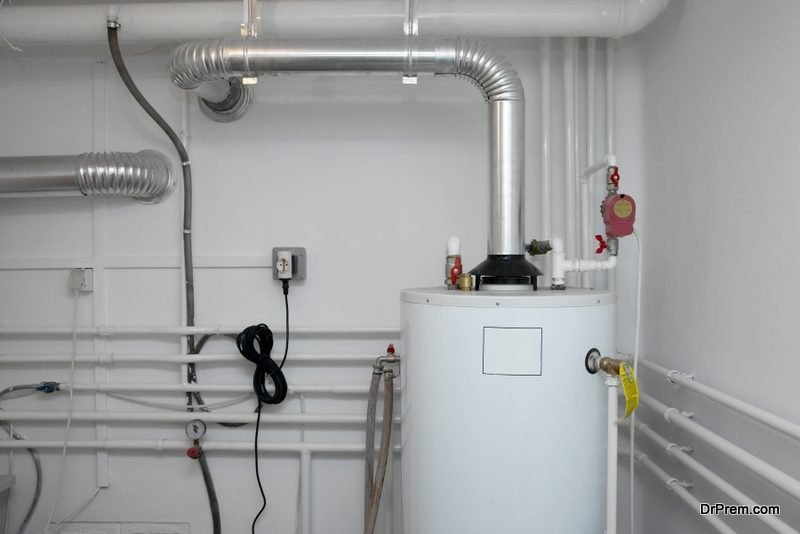 Along with ignition failures that commonly occur in conventional furnaces, including ignition problems and a faulty igniter, a condensing furnace might have a clogged condensate line on the flue vent. The pressure switch on the furnace is often tripped by a clog on the condensate collector’s box close to the inducer fan, or by a flue vent condensate line that is partially clogged.
Along with ignition failures that commonly occur in conventional furnaces, including ignition problems and a faulty igniter, a condensing furnace might have a clogged condensate line on the flue vent. The pressure switch on the furnace is often tripped by a clog on the condensate collector’s box close to the inducer fan, or by a flue vent condensate line that is partially clogged.
If frozen condensate or debris is blocking the condensate drain, or it is improperly draining, the pressure switch might open, which can prevent ignition from occurring. Since it is sensed by the pressure switch that condensate has accumulated within the furnace drain pipe. your furnace will not work correctly until you clear the condensate drain to allow the condensate to flow freely once again.
You also may notice an excessive amount of water flowing from the drainage hole in the secondary smaller heat exchanger whenever you disconnect the drain line.
Ignition problems that are caused by a clog in the condensate drain might be intermittent. They may start and stop when over time the restricted flow of water starts to drain. The furnace is able to cycle back on, but after the condensate backs up again, the symptoms will reoccur unless you fix the problem.
4. A Clogged Flue Vent Causing Failure To Ignite
The pressure switch might also be triggered when the exhaust flue gas vent pipe is obstructed. Similar to an air intake pipe that is obstructed, check for obstructions like leaves or nests, and also check to make sure that the vent pipe has adequate sloping, and that the exhaust pipe has proper support every 5 feet on its horizontal run. A furnace’s minimum upward slope is 1/4 inch of rise for each foot of horizontal run. An improperly sloping or sagging exhaust vent pipe can restrict flow and collect condensate water, which can trip the pressure switch.
5. A Faulty Pressure Switch Causing Failure To Ignite
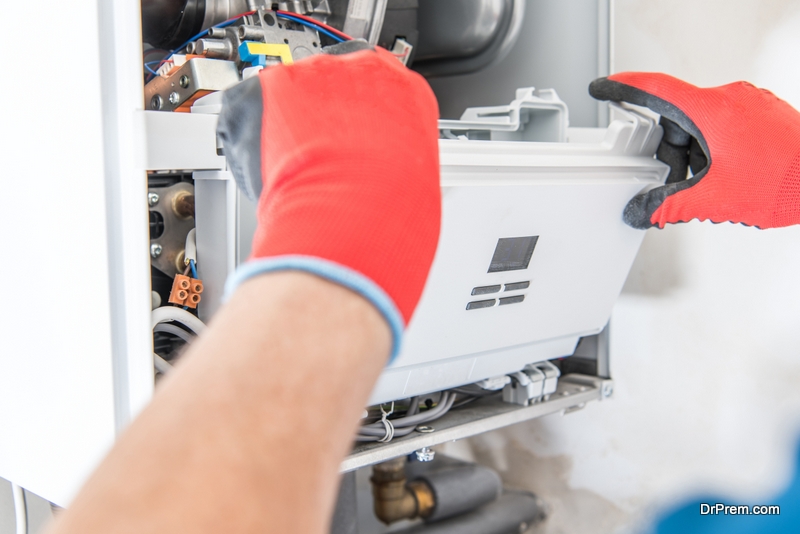 The pressure switch on a furnace is a type of safety device that is designed to be able to sense negative pressure that the draft inducer crates at startup. It ensures that the inducer fan runs and shuts the furnace ignition down if there isn’t sufficient airflow for maintaining proper combustion.
The pressure switch on a furnace is a type of safety device that is designed to be able to sense negative pressure that the draft inducer crates at startup. It ensures that the inducer fan runs and shuts the furnace ignition down if there isn’t sufficient airflow for maintaining proper combustion.
Similar to a conventional furnace, a condensing furnace’s pressure switch can get stuck in the open position or fail sometimes. To test to see if the furnace pressure switch is functioning properly, you will need to use a multi-meter:
- Set the thermostat so that it calls for heat.
- Next, the power leads on the pressure switch terminals need to be disconnected.
- Set your multi-meter to ohms for a resistance test.
- On the pressure switch, place each of the multi-meter leads onto a separate terminal. Your meter should read at 0 or as close to 0 as possible (which indicates no resistance. If the resistance reading is a large number or infinity that means you have a faulty pressure switch.
You should also check for broken or cracked hoses that run from the pressure switch since that can cause a switch to trip as well.
6. Defective or Weak Flame Sensor
High-efficiency furnaces have a flame sensor. This is a metal rod that transfers a signal measured in micro-amps back into the integrated control board on the furnace. When there is a dirty sensor, that can weaken the signal and cause no-heat or intermittent heat situations.
Usually, it is easy to remove the sensor, and then cleaned with steel wool or sandpaper, and finally re-installed to fix the problem.
7. Plugged Air Filter
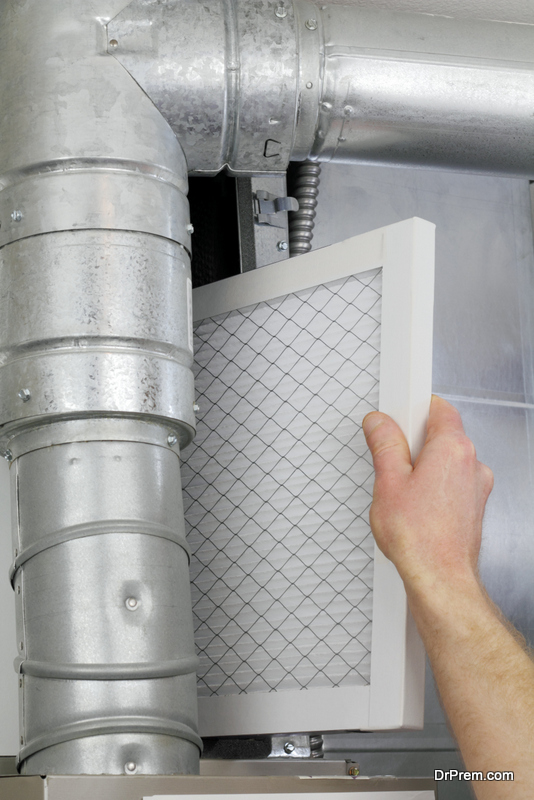 Finally, a blocked air filter is the number one reason for this type of problem.
Finally, a blocked air filter is the number one reason for this type of problem.
A dirty or plugged filter may restrict airflow across your furnace which can cause high limit shutdowns. The furnace will usually reset once the furnace cools down. However, during cold weather, if there are frequently lockouts or shutdowns, you might notice that your furnace is not maintaining your desired temperature.
A low MERV pleated filter should be used and it should be replaced once a month. Remembering to do things every month is easier to remember than every 90 days so just change the filter every month. That will help to ensure that you always have a fresh clean filter.
If you don’t want to spend several hundred dollars every year buying high-efficiency disposable air filters for your furnace, you may want to explore our washable furnace filter reviews. You can easily get washable electrostatic furnace filters online for as low as $100.
To summarize …
These 7 areas are the leading issues that are found when high-efficiency furnace repair problems are diagnosed. Calling a professional HVAC provider is always a smart idea instead of trying to do any high efficiency furnace repairs on your own. We are talking about a fuel-burning appliance after all. Don’t place the safety of your family at risk to try to save a few dollars on service calls. Other issues are often found and may be addressed at the same time. The best way to ensure that your furnace continues to run efficiently and safely is to have regular annual inspections ad maintenance done.
Article Submitted By Community Writer


